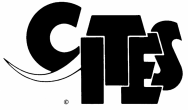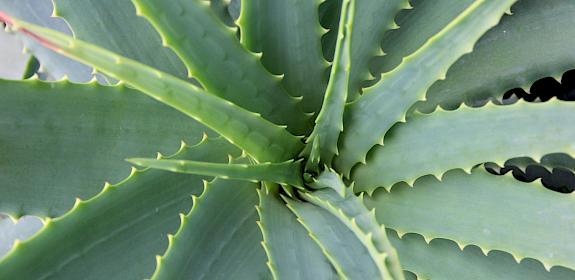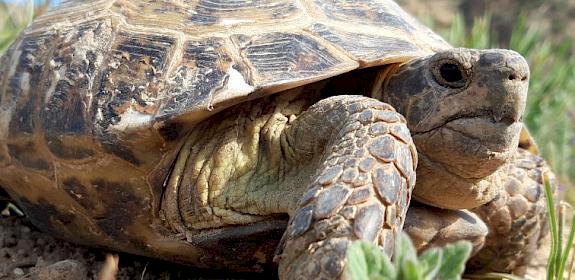Notes:
This study is also available in Russian.
TRAFFIC was commissioned by the CITES Secretariat with funding from the European Union to compile this reports examining these and other wildlife trade issues, aimed at strengthening the capacities to implement and enforce CITES in Central Asia and Russia. TRAFFIC hopes that these reports will contribute to fostering regional co-ordination, co-operation and information exchange among the relevant countries of the Central Asian region and will continue to support the countries in managing the use and trade in wild animals and plants in the region.
Convention on International Trade in Endangered Species of Wild Fauna and Flora (CITES)

The Convention on International Trade in Endangered Species of Wild Fauna and Flora, is an international agreement between governments that aims to ensure that international trade in specimens of wild animals and plants does not threaten their survival. Find out more here.




